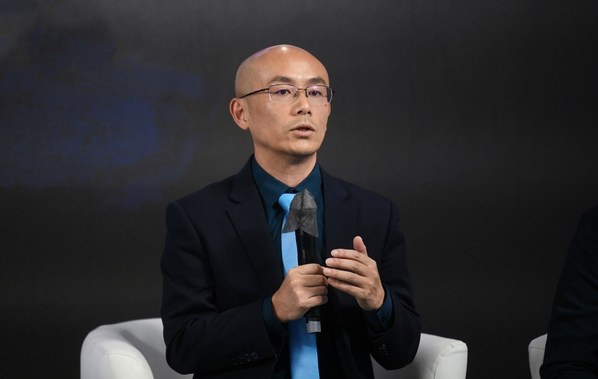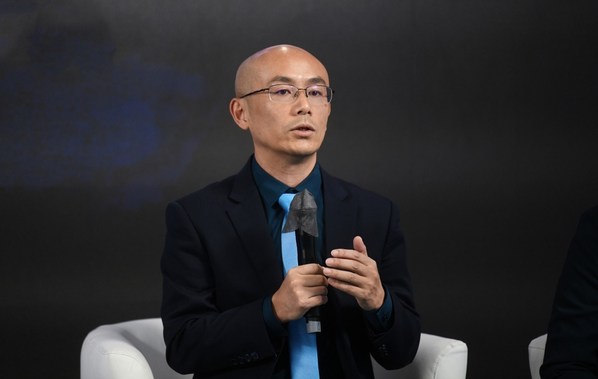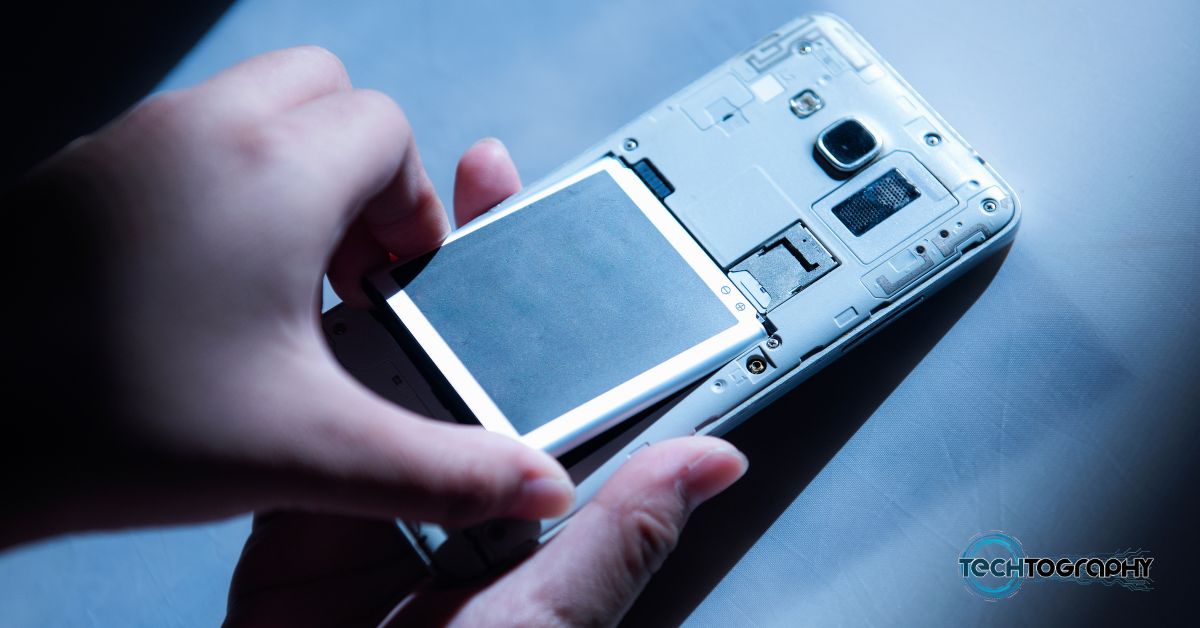BARCELONA, Spain, March 1, 2022 /PRNewswire/ — At Mobile World Congress (MWC22), Huawei unveiled its latest wireless products and solutions — third-generation TDD M-MIMO products and FDD ultra-wideband multi-antenna products. Huawei also introduced its newly released IntelligentRAN architecture at the press conference.
Gan Bin, Vice President and Chief Marketing Officer of Huawei Wireless Solution, gave a keynote speech titled "Innovation for 5Gigaverse Society" during the press conference. He said, "5G’s large-bandwidth and multi-antenna technologies have brought tangible benefits. But we do not stop here; instead, we move ahead and continue to innovate in these two areas. Our third-generation Massive MIMO and FDD ultra-wideband multi-antenna portfolios further improve network performance and energy efficiency. They greatly boost operators’ confidence in building high-quality and green 5G networks."
The third-generation TDD Massive MIMO series includes the third-generation MetaAAU and BladeAAU series. The third-generation Massive MIMO doubles antenna elements of its previous generation from 192 to 384, making it the only one in the industry to have done so.
The third-generation MetaAAU uses the extremely large antenna array (ELAA) and Adaptive High Resolution (AHR) Turbo beamforming algorithm to achieve breakthroughs in Massive MIMO performance and energy efficiency. Compared with traditional 64T, the coverage of this product is improved by 3 dB and user experience by 30%. Compared with traditional 32T, the coverage is improved by 6 dB and user experience by 60%. And compared with traditional AAUs, the power consumption is reduced by about 30% when coverage counters remain unchanged. For scenarios using discrete spectrum or requiring network co-construction and sharing, ultra-wideband products with a bandwidth of 400 MHz and a transmit power of 400W would be very helpful for implementing simplified deployment. In scenarios where antenna space is limited, Huawei’s BladeAAU series implements simplified deployment of all sub-6 GHz frequency bands, facilitating deployment in all scenarios.
FDD ultra-wideband multi-antenna products include: the industry’s lightest true wideband 4T4R RRU, which supports simplified deployment of 700–900 MHz and 1.8–2.6/1.4 GHz multi-band networks and dynamic power sharing across all modes, improving user experience by 30% and reducing power consumption by 30%; and the industry’s first high-power ultra-wideband 8T8R, which uses the combination of 1.8 GHz and 2.1 GHz to provide equivalent coverage to the sub-1 GHz band, benefiting both 4G and 5G networks by increasing their capacity by 1.6 and 3 times, respectively. With the industry’s only 8T8R native, green antenna of the Hertz platform, the energy consumption is further reduced by 15%. For scenarios requiring large capacity, Huawei provides the industry’s only commercial FDD Massive MIMO, which increases 4G network capacity by 3 times compared with 4T networks and 5G network capacity by 5 times.
Furthermore, for residential areas and urban hotspots, Huawei has launched the TDD and FDD dual-band EasyMacro 3.0 and Book RRU 3.0 solutions to simplify on-demand deployment and quickly fill 5G coverage holes. To meet requirements for indoor areas such as railway stations and shopping malls, Huawei provides the industry’s only distributed Massive MIMO. It improves capacity by 4 times compared with 4T and user experience by more than 30%, creating ubiquitous indoor gigabit experience.
Another highlight of the release is Huawei’s IntelligentRAN. According to Gan Bin, this architecture brings intelligence to almost all aspects of a wireless network from experience, green, service to O&M. It leverages the Mobile Intelligent Engine (MIE) to enable network autonomy through data, model, and decision collaboration between site layer and network layer. Key benefits of the IntelligentRAN architecture include:
– Smart Experience: Enable optimal experience base on heterogeneous network by introducing 3 key technologies: L3 intelligent grid, L2 scheduling dictionary, and L1 channel graph, which can improve user experience by more than 50% on multi-band and multi-site networks.
– Smart Green: Maximize energy efficiency with continuous experience by introducing Mobile Intelligent Engine – NRT?Non-Real-Time?and RT?Real-Time?, which will optimize the energy saving strategy in terms of multi-dimensional parameters to ensure maximal effect across networks.
-Smart Service: Achieve accurate provisioning and reliable SLA with Mobile Intelligent Engine, which will adjust network parameters based on SLA-network in real time and provide reliable SLA assurance without affecting the experience of other services.
– Smart O&M: Implement zero-fault and zero-downtime networks that support intelligent fault identification, diagnosis, prediction and prevention.
Gan Bin concluded: "Huawei’s IntelligentRAN implements zero-wait, zero-trouble, zero-touch networks. It enables autonomous networks featuring smart service, optimization, green and simplified O&M. Furthermore, it facilitates operators to explore new space and business forms of 5G."
MWC22 Barcelona runs from February 28 to March 3 in Barcelona, Spain. Huawei showcases its products and solutions at stand 1H50 in Fira Gran Via Hall 1. Together with global operators, industry professionals, and opinion leaders, we dive into topics such as industry trends, GUIDE to the Future, and green development to envision the future of digital networks. For more information, please visit: https://carrier.huawei.com/en/events/mwc2022




